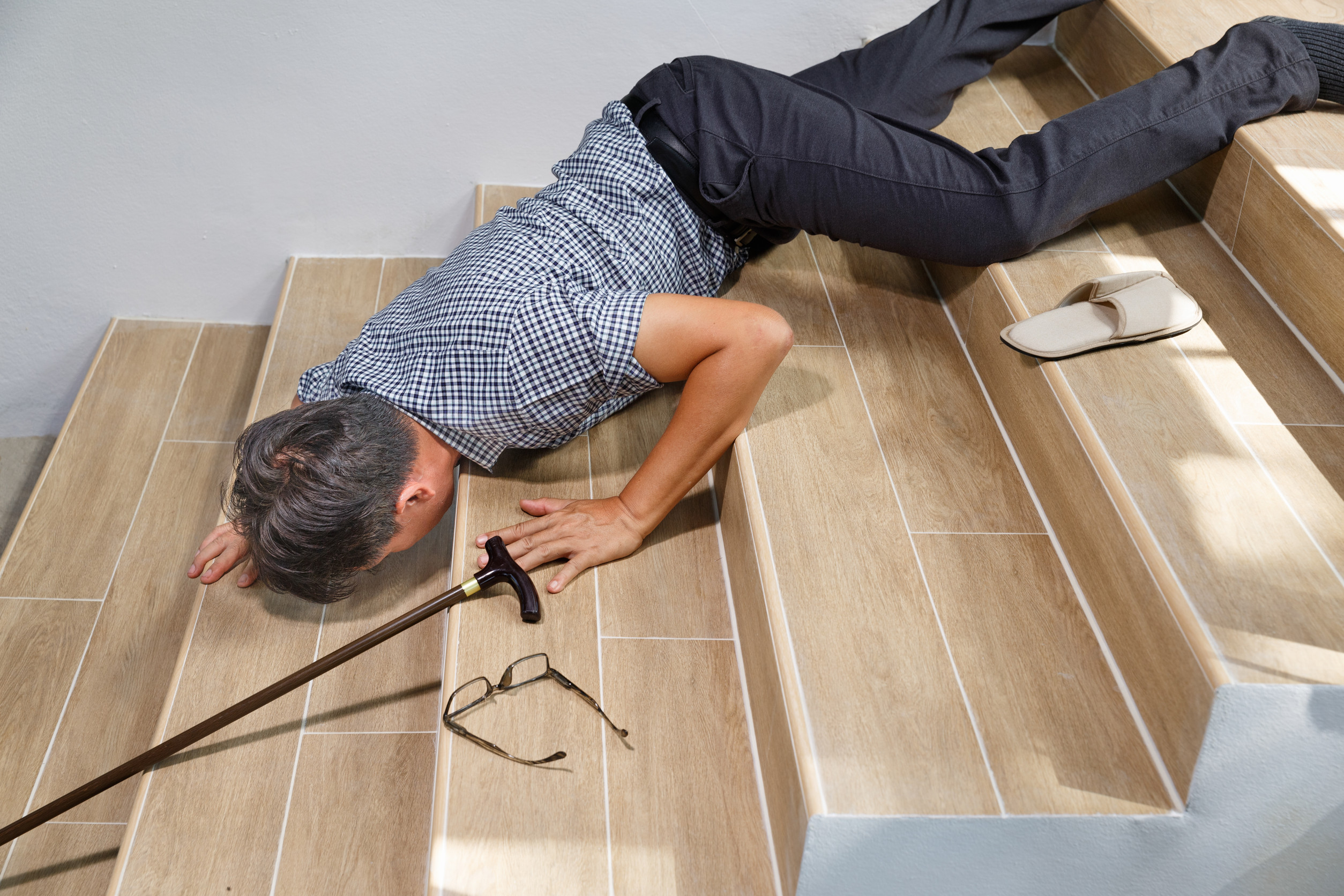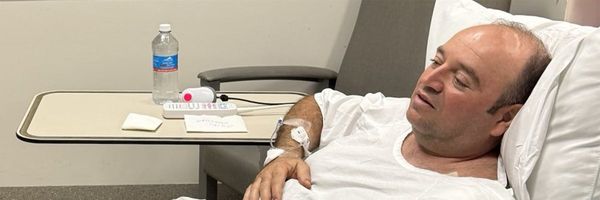
Most seniors don’t think about fall prevention until after an accident—but by then, injuries have already changed their independence. Simple, inexpensive tweaks can dramatically lower risk before danger strikes. From lighting to layout, small details matter more than expensive remodels. The best time to make changes is before the first stumble, not after the first fracture. Prevention turns a house into a safe haven, not a hidden hazard.
Improve Lighting in High-Risk Zones
Dim hallways, stairwells, and bathrooms are leading fall zones. Installing motion-sensor lights and bright, warm bulbs eliminates shadows that hide steps or thresholds. Poor lighting contributes to many household falls. Keeping switches at both ends of the stairs adds extra security. Clear visibility is the first layer of protection.
Remove Small Rugs and Cluttered Paths
Loose rugs, electrical cords, and crowded furniture quietly create trip traps. Even non-slip mats curl over time, catching shuffling feet. Decluttering pathways and securing cords with floor covers makes movement safer without major expense. Simplified layouts also reduce confusion for those with vision or memory issues. Space equals safety.
Add Handholds Where Movement Changes
Grab bars near toilets, tubs, and bed transitions prevent slips during balance shifts. Even sturdy furniture isn’t reliable in emergencies. Install bars into studs—not drywall—for true support. Many seniors benefit from vertical poles or railings beside their favorite chairs. Secure support beats improvisation every time.
Raise Daily Items to Waist Height
Bending or reaching overhead increases imbalance risk. Relocating dishes, clothing, and toiletries to mid-level shelves minimizes strain. Step stools and crouching create unnecessary hazards. Keeping essentials within easy reach makes safety effortless. Organization doubles as prevention.
Choose Footwear That Grips, Not Slips
Worn-out slippers or smooth socks turn polished floors into danger zones. Shoes with firm soles and full backs offer stability and traction indoors. Avoid flip-flops or oversized footwear that drag or catch. The right pair of shoes is as vital as grab bars. Comfort means nothing if it compromises control.
Evaluate Transitions Between Rooms
Raised thresholds or uneven flooring between rooms cause subtle trips. Installing tapered edges or threshold ramps smooths surfaces seamlessly. Seniors using walkers especially benefit from level transitions. Even half-inch differences can trigger falls. Continuous flooring equals continuous confidence.
Check Vision and Medication Regularly
Blurred sight or dizziness from prescriptions magnifies fall risk. Annual eye exams and medication reviews catch preventable contributors. The CDC notes that one-third of older adults fall yearly—many due to correctable issues. Coordination isn’t just physical; it’s medical. Proactive care turns balance into an asset.
Why Small Steps Save Big Worries
Fall prevention doesn’t require renovation—it requires awareness. Each small change builds a network of protection that grows with age. The sooner adjustments begin, the longer independence lasts. Safety designed early keeps freedom intact. Every step safer is a step longer at home.
Have you made small changes that made your home safer—or are you waiting for a wake-up call? Share your experience below.
You May Also Like…
- You Might Be Eligible for a Benefit Few Widows Ever Learn About
- The First Few Weeks Without a Pension Check — And The Hidden Ripple Effect
- 4 Energy-Efficient Home Improvements That Pay for Themselves
- Are Mobile Homes Still a Smart Retirement Option in 2025?
- Are Rentals in Your Retirement State More Expensive Than Buying? Don’t Assume







